We recovered an egg-eating snake after it was found in the city centre of Murcia
hace 2 monthsThe specimen, a little known exotic species, has been treated by our veterinary team for more than two months until it reached an optimal state of health
A specimen of Dasypeltis medici snake, commonly known as an egg-eating snake, is now in our reptile exhibit after overcoming a veterinary recovery process that has lasted more than two months. The animal arrived at Terra Natura Benidorm in January in critical condition, with signs of dehydration and underweight, and has since been treated by our team of veterinarians and herpetology experts to reach an optimal state of health.
The snake was found in the centre of the city of Murcia by a citizen, who alerted the Seprona. After being collected by the agents, it was taken to Terra Natura Murcia, where it was confirmed that it was a non-native exotic species. Due to the need for specific care, it was decided to transfer it to Terra Natura Benidorm, the only centre in the area with a veterinary and herpetological team specialised in handling exotic reptiles and facilities adapted for its recovery, monitoring and long-term welfare.
Since her arrival, she has remained in a quarantine area where her evolution has been monitored, including skin moulting, her response to hydration and her diet, based exclusively on eggs. Once stabilised, it has been transferred to the volcano’s outdoor facility, where it can now be observed by the public along with other species.
Dasypeltis medici is a snake native to the African continent, with diurnal habits and a length of about one metre. Its diet is oophagous: it eats the eggs of small birds that it finds by climbing into their nests. At Terra Natura Benidorm it is offered a controlled diet of quail eggs, which it swallows whole. Once inside its body, it breaks the shell by contracting its pharynx, extracts the contents and then regurgitates the remains of the shell.
Despite its appearance, it is one of the most harmless snakes. It is not venomous and has no functional fangs. However, it has highly developed defensive mechanisms. When threatened, it can emit a shrill sound by rubbing its scales together, a technique known as spurring, which is reminiscent of the hissing sound of a dangerous snake. It can also open its mouth as a warning signal without actually attacking, as a strategy against predators.
The addition of this specimen to the fauna plan not only allows the public to learn more about unique and little-known species, but also reinforces Terra Natura Benidorm’s commitment to the conservation of biodiversity and scientific dissemination. In fact, we actively collaborate with the Nature Protection Service (Seprona) in the reception and care of rescued animals, many of them from illegal trafficking, seizures or abandonment. Thanks to our experience and our team specialised in wildlife medicine and management, Terra Natura Benidorm acts as a refuge for species that require specific veterinary care and a controlled environment for their recovery. This work is part of our commitment to conservation and animal welfare, offering a second chance to animals that could not survive on their own in the wild or in unsuitable conditions.

